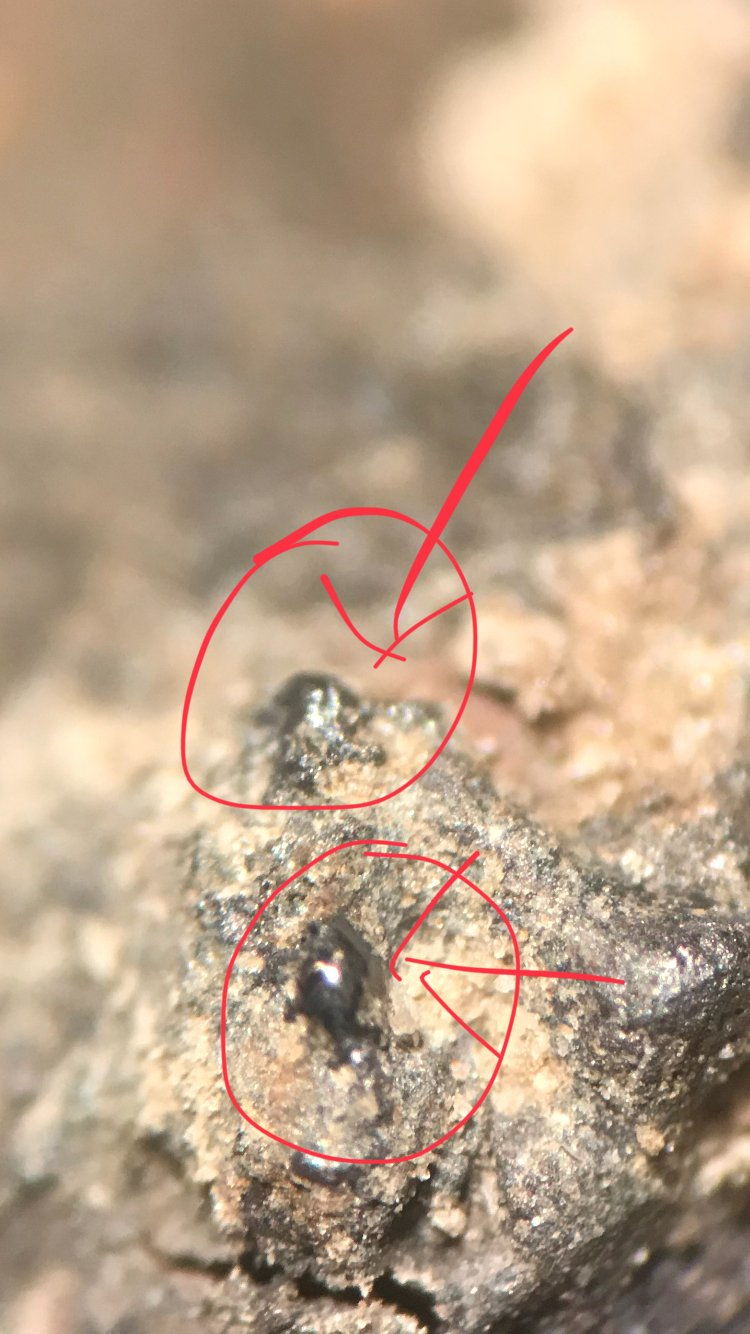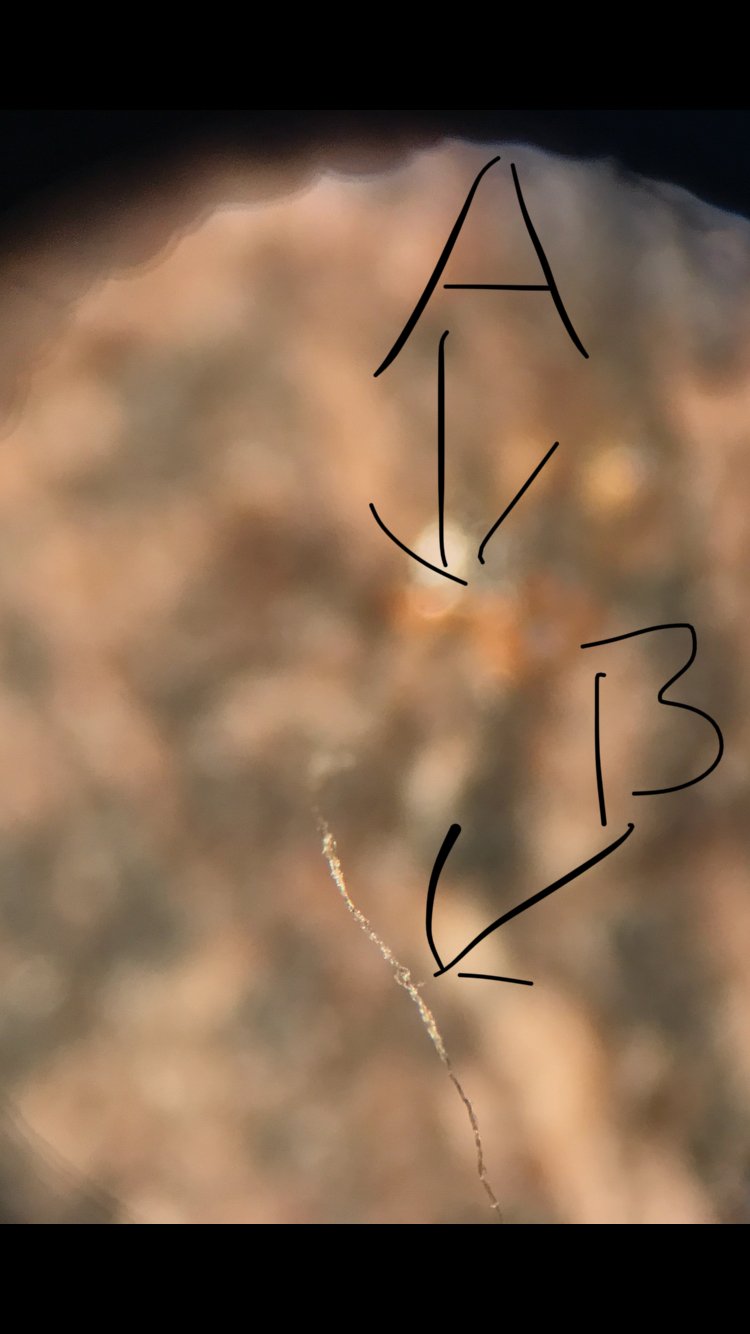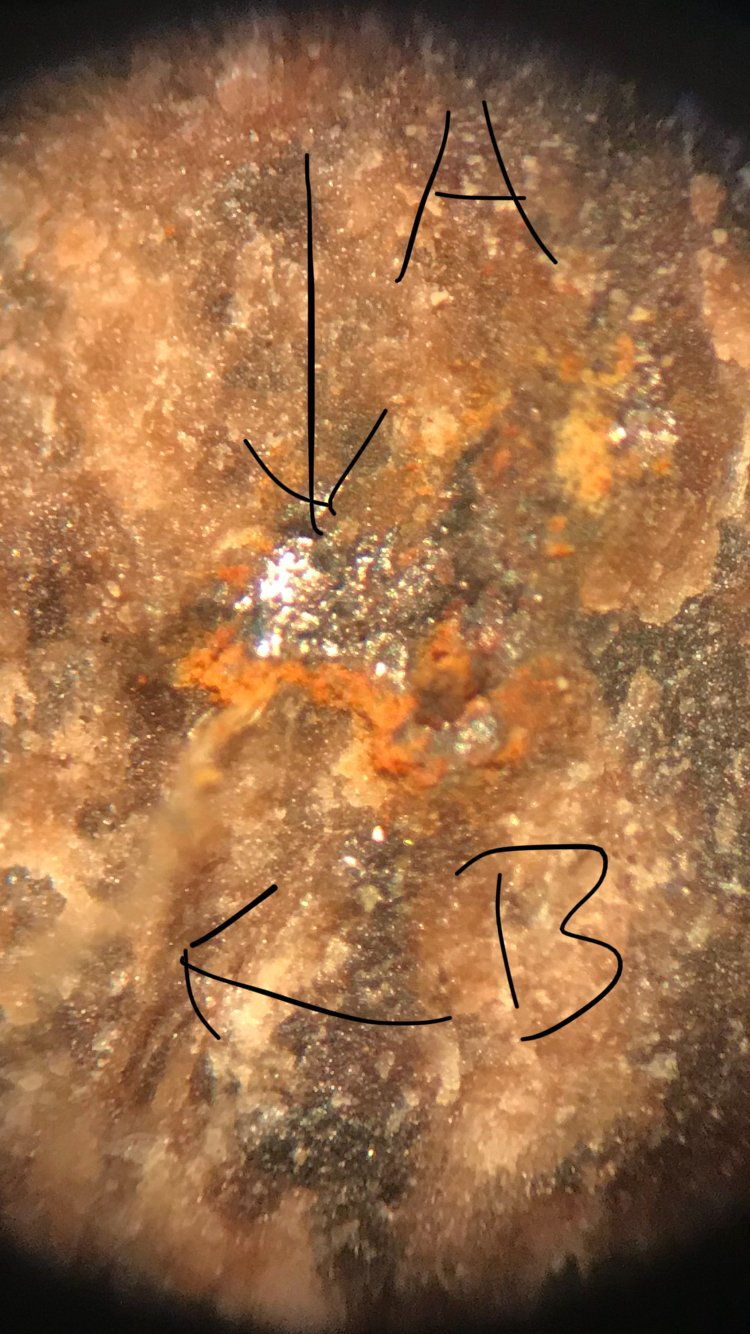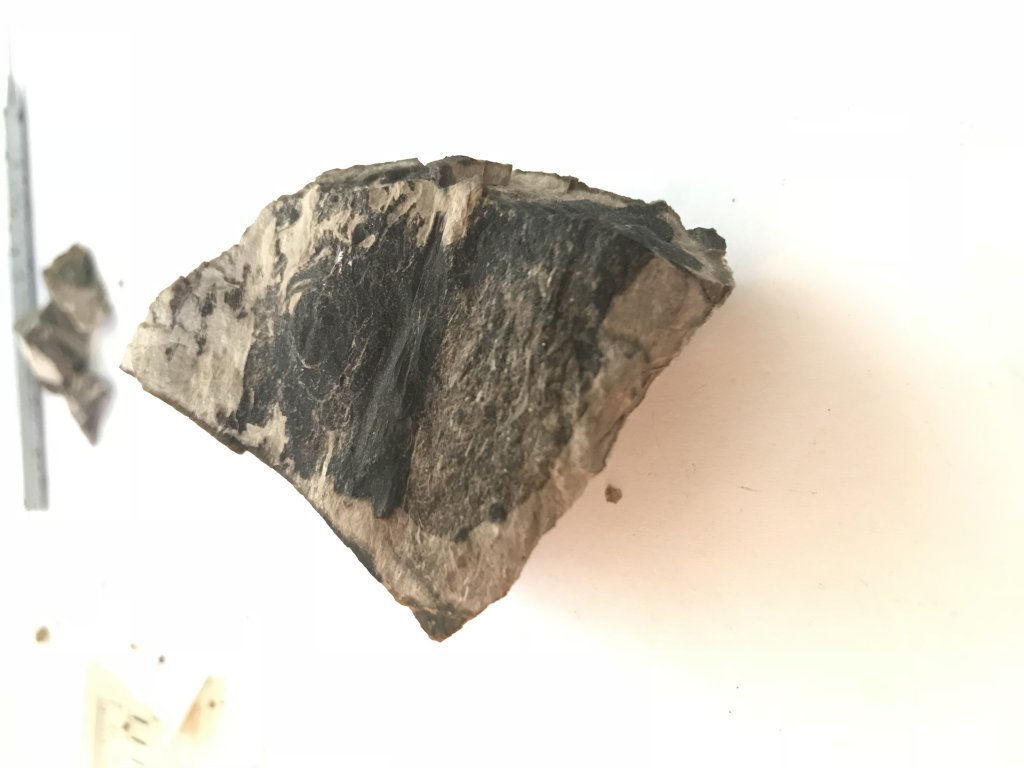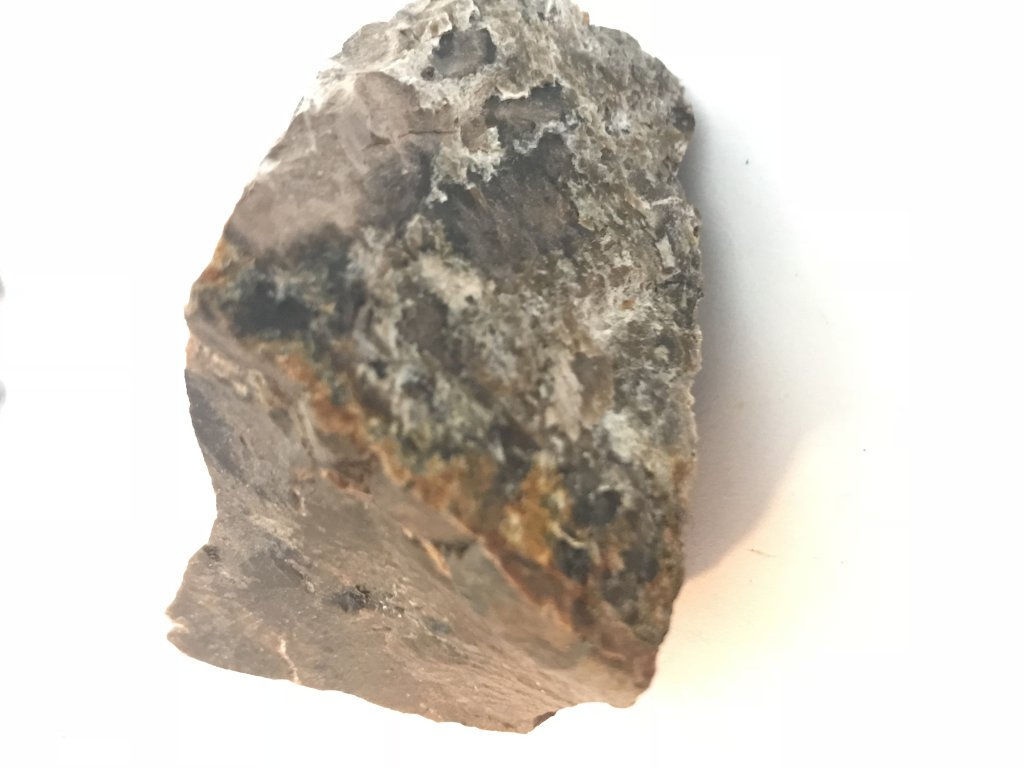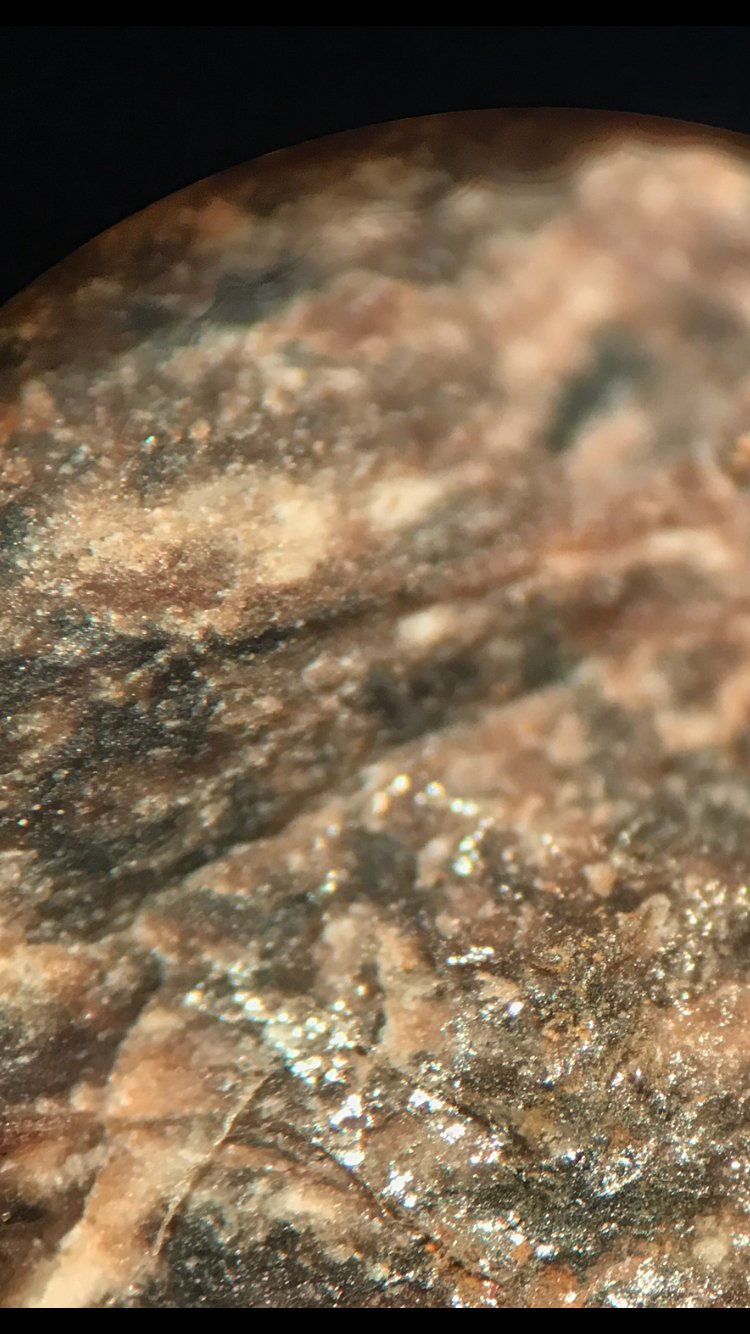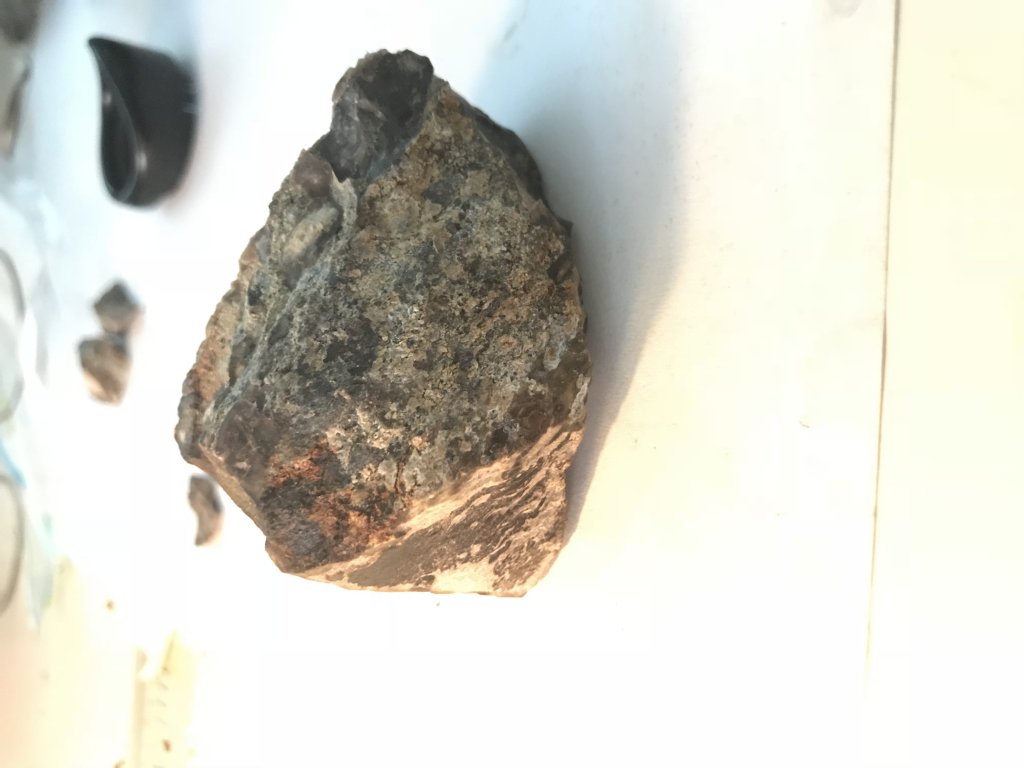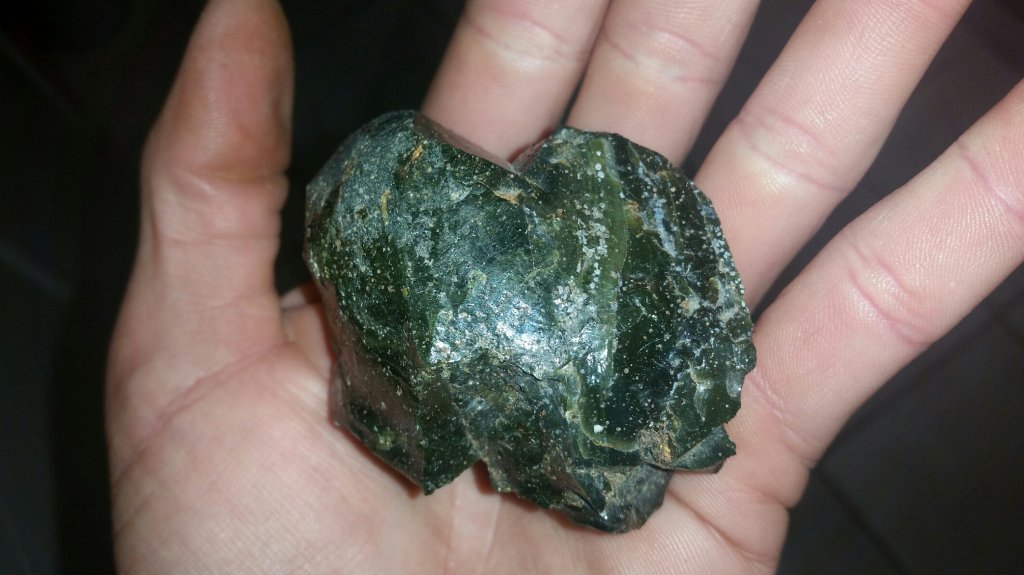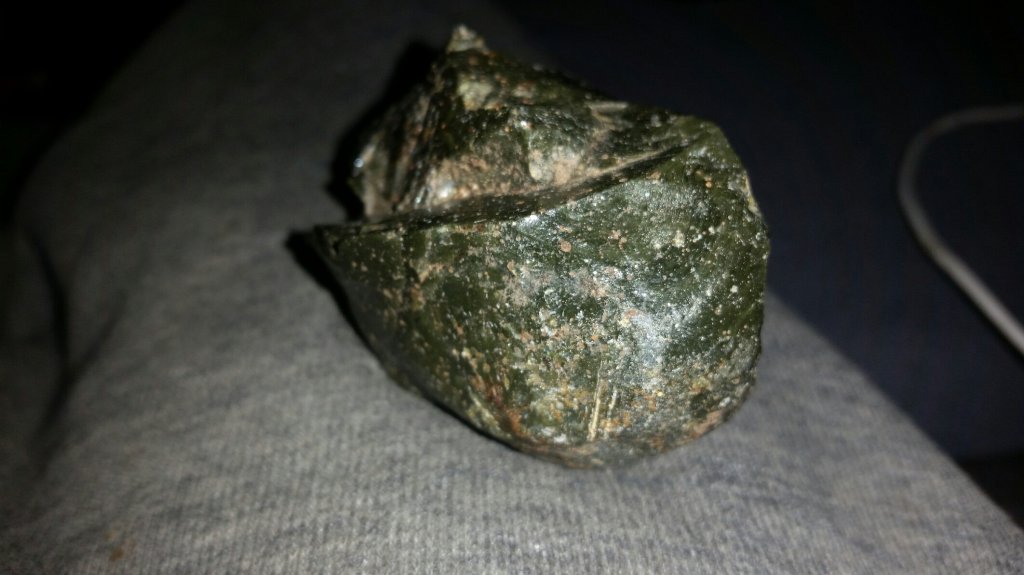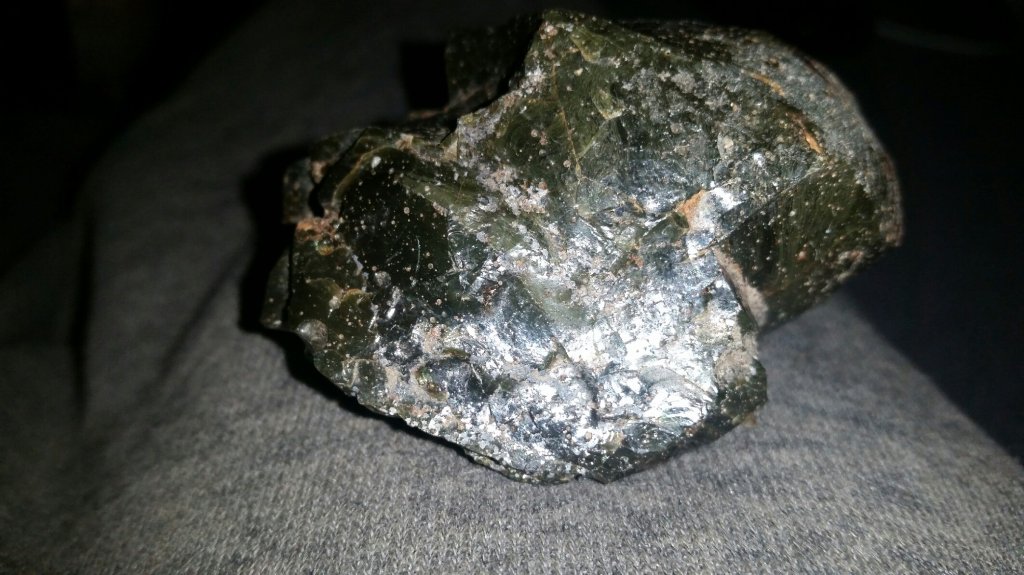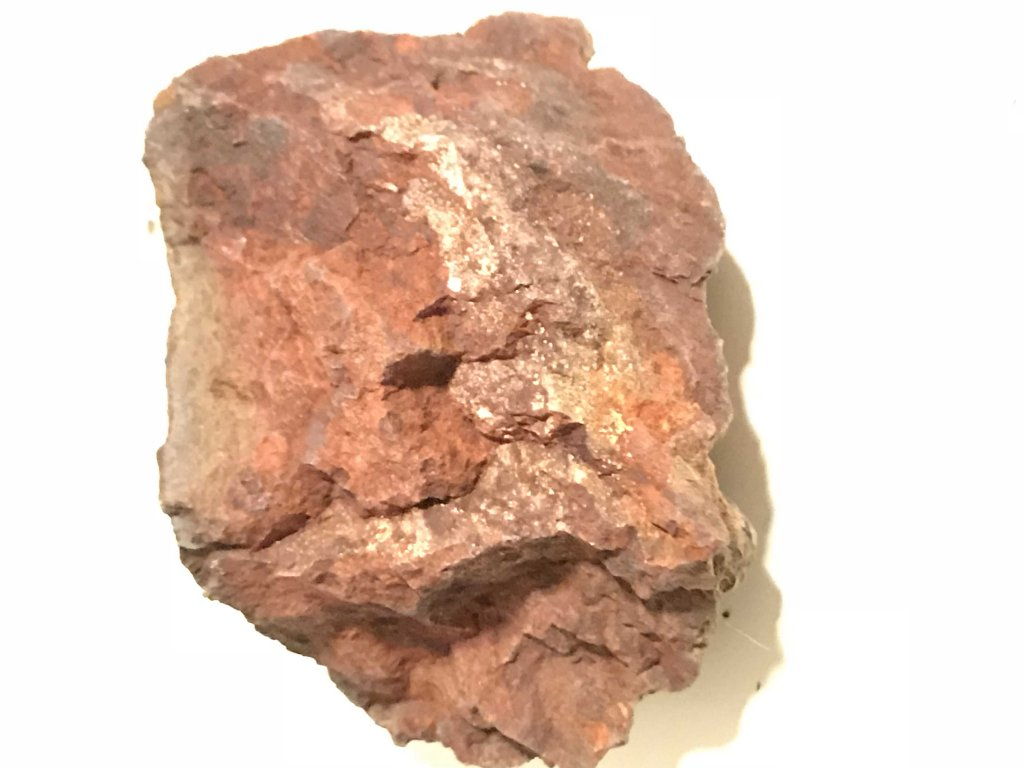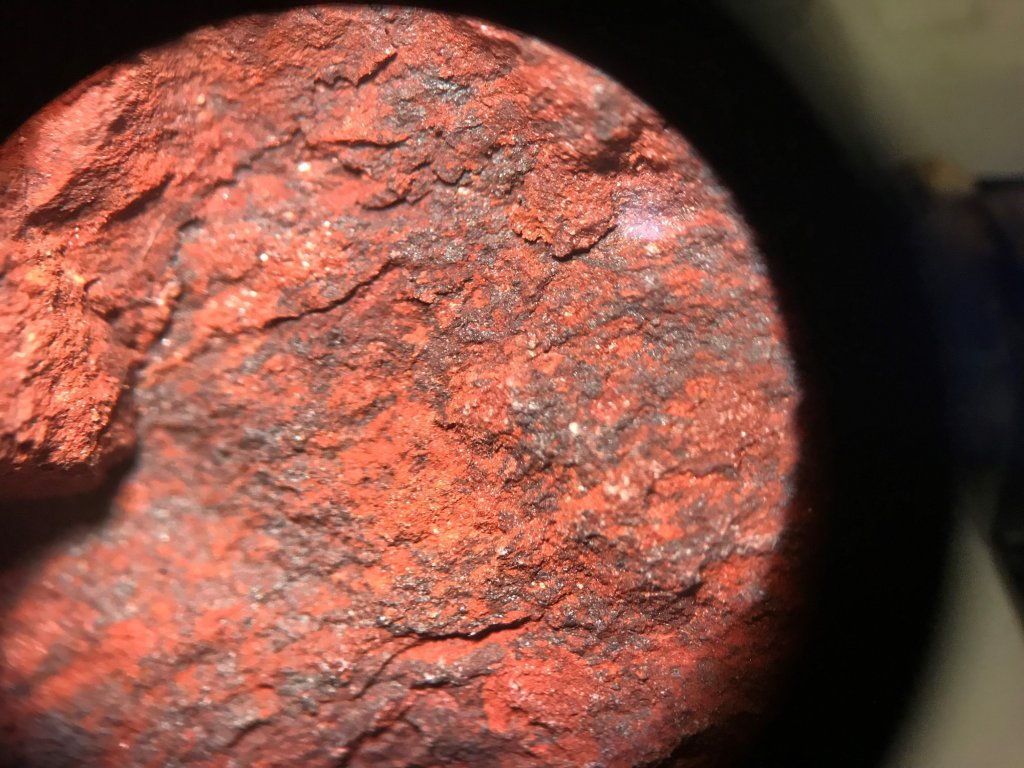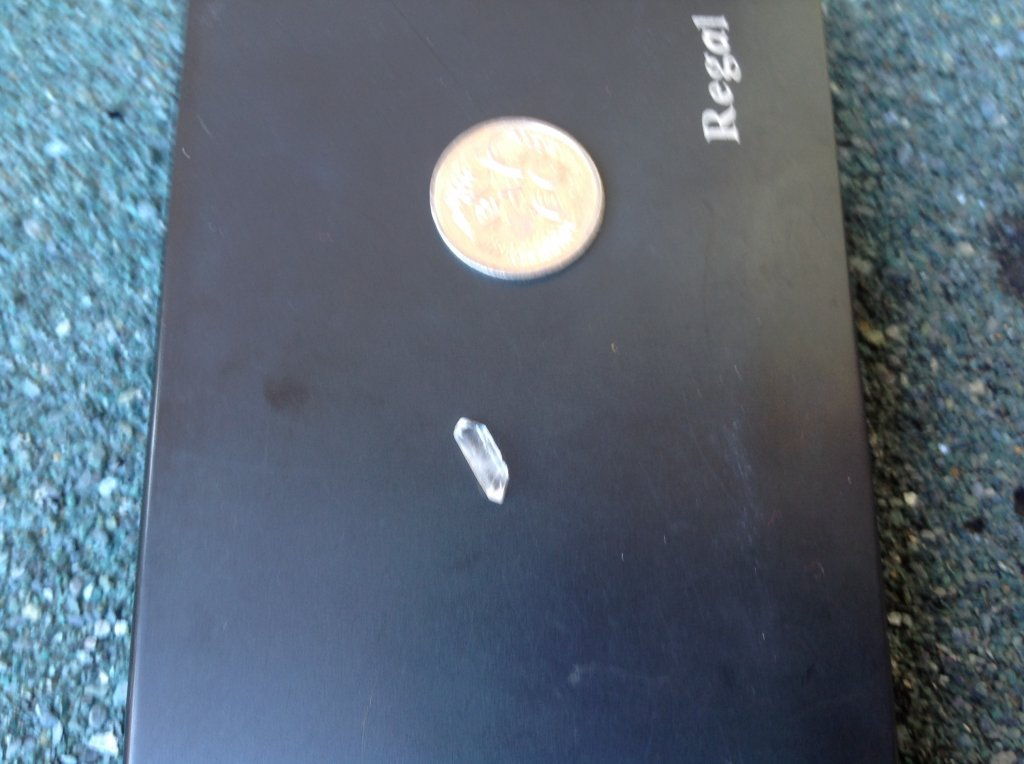- Joined
- Jul 29, 2018
- Messages
- 15
- Reaction score
- 6
Thanks for having a look goldierocks
I thought the same but it is all through the rock and I have seen the same structure in multiple rock samples, some from WA and some from SE Queensland.
My thought was that as the hot fluids passed through the rocks it deposited microscopic branches if the host rock was porous enough.
Do you think the rock is Metamorphic?
Because I have seen the structure a few times I thought it common and could find out more about it but that's not the case. I've searched the internet quiet a bit and haven't found anything that describes it.
I did have a sample with the same thread structure assayed from really close to Perth and had really high values of copper but no gold.
My thought is that its some form of copper, they behave like a metal wire when I bend them with a probe.
I'll get it assayed in the next few weeks and post the results.
I thought the same but it is all through the rock and I have seen the same structure in multiple rock samples, some from WA and some from SE Queensland.
My thought was that as the hot fluids passed through the rocks it deposited microscopic branches if the host rock was porous enough.
Do you think the rock is Metamorphic?
Because I have seen the structure a few times I thought it common and could find out more about it but that's not the case. I've searched the internet quiet a bit and haven't found anything that describes it.
I did have a sample with the same thread structure assayed from really close to Perth and had really high values of copper but no gold.
My thought is that its some form of copper, they behave like a metal wire when I bend them with a probe.
I'll get it assayed in the next few weeks and post the results.




